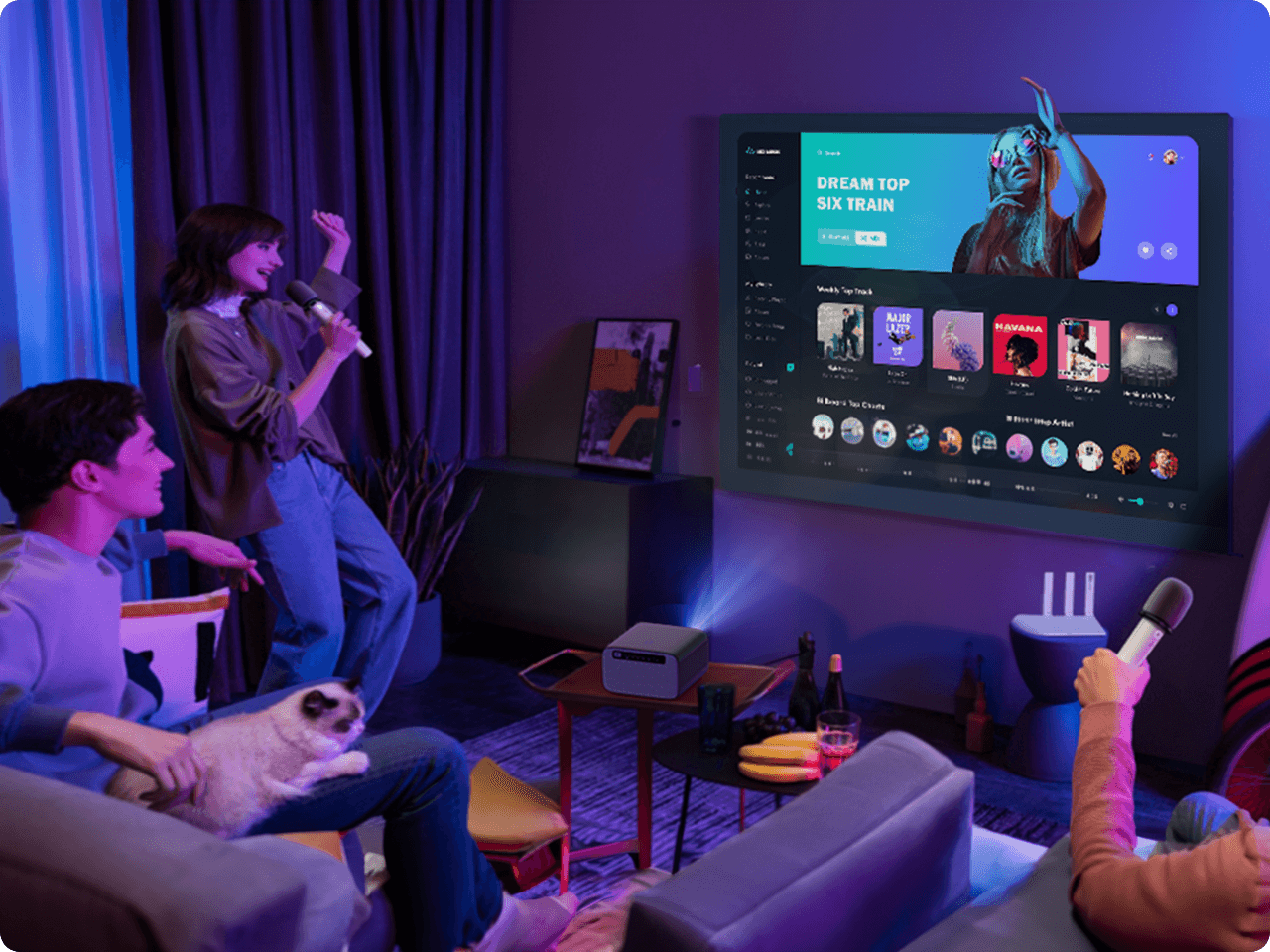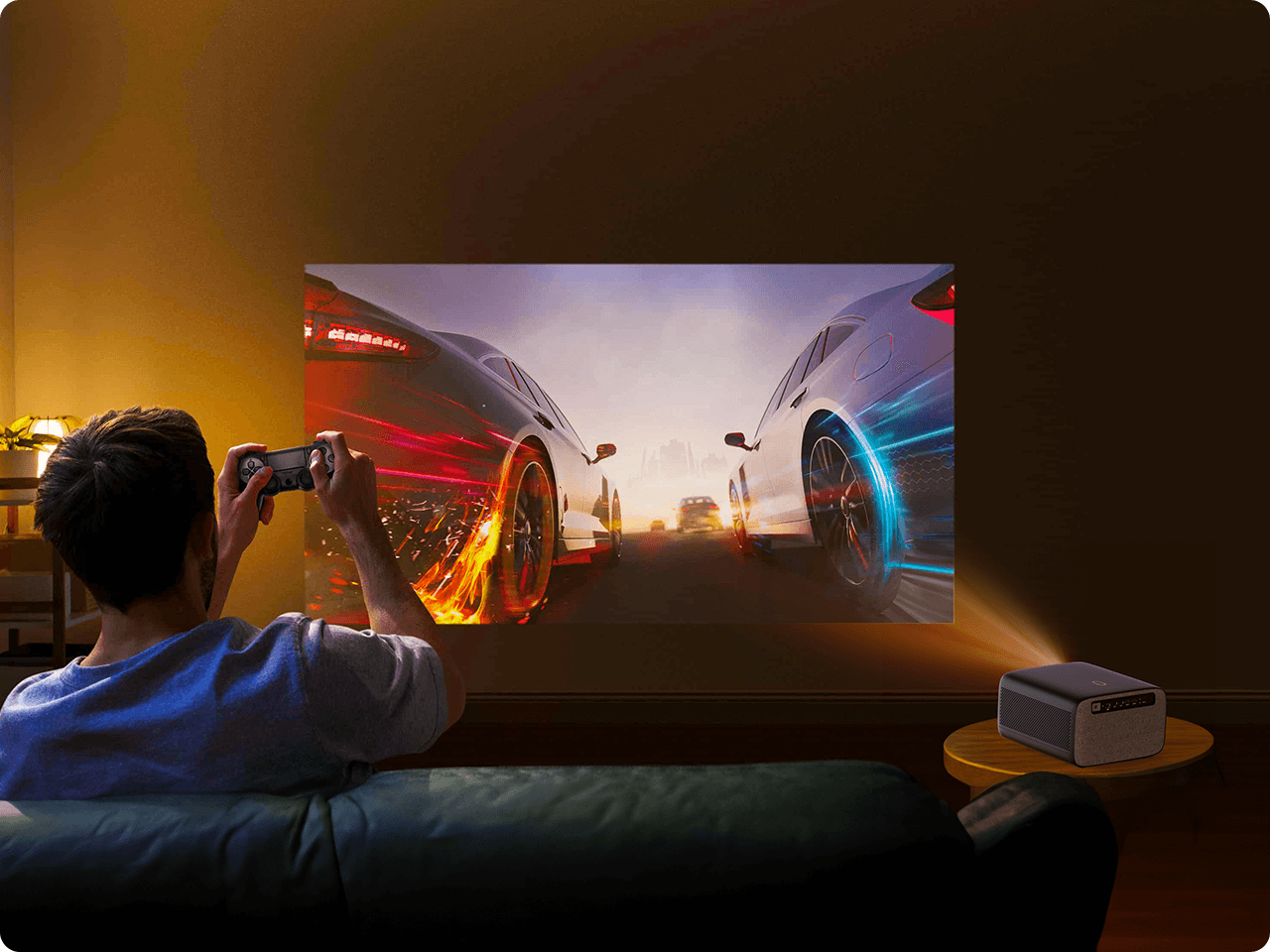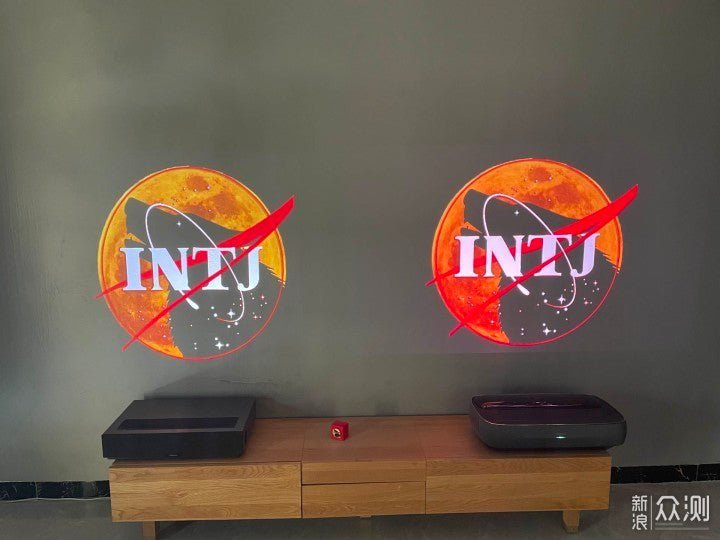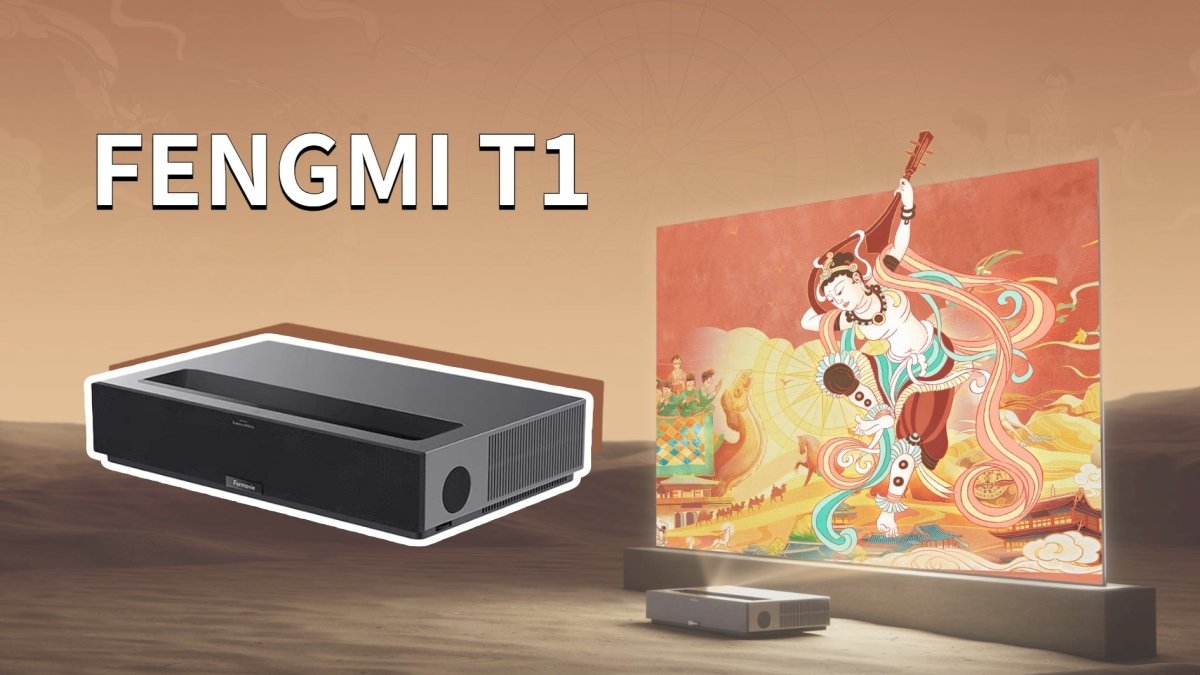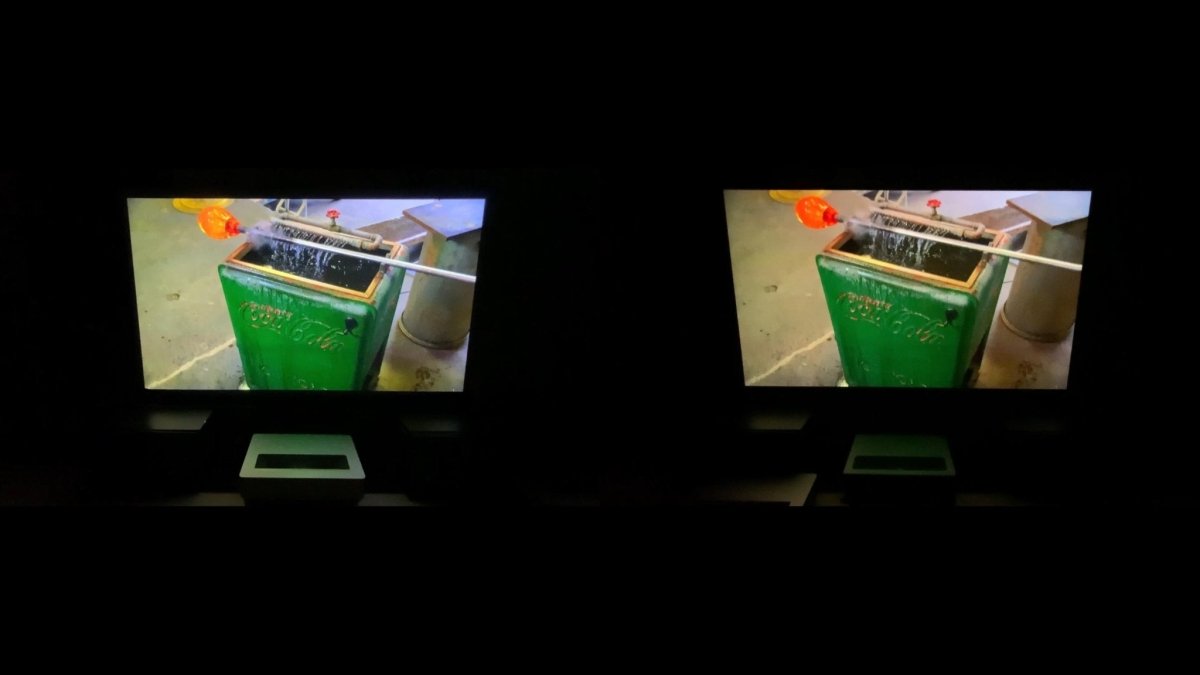This is direct translation from a Chinese article, please take it with a grain of salt.
------------------------------------------------
Video
If the video frame is too small, you can click on the following link
https://www.bilibili.com/video/BV1Xr4y1U7vj
Parameter comparison
Comprehensive: From the table made, according to the parameters, you can see that the two machines have the same 4K resolution, BT.2020 ultra-wide color gamut, 1.07 billion colors, and support MEMC motion compensation.
Fengmi T1 vs Hisense 88L9F, who is the king of the living room with laser TV?
Contrast and chip: The contrast and chip of Fengmi T1 are better than Hisense 88L9F. In addition, full-color laser and 3-color laser are actually the same thing, and their names are different. But you need to pay attention to distinguish it from other laser TVs. Generally, it is not mentioned that the laser of several colors is a single-color laser, and the effect is naturally worse than that of a full-color laser.
The point is, Fengmi's LPSE speckle suppression function makes me very much looking forward to it. It can greatly suppress the speckle caused by the laser interference phenomenon of the traditional three-color laser TV, making the picture quality softer, the color transition smoother, and the effect to the naked eye. visible.
Price: Let's talk about the price. The information I got is that the Fengmi T1 bare metal is 16,999 yuan, and the price of the 100-inch anti-light screen or flexible screen set is 19,999 yuan and 18,999 yuan respectively. The price of Hisense 88L9F with 88-inch anti-light curtain is 25999. In comparison, Fengmi T1 has a larger screen and a lower price.
So next, the wolf will compare the actual use, whether Hisense is experienced, or is the new Fengmi T1 overtaken?
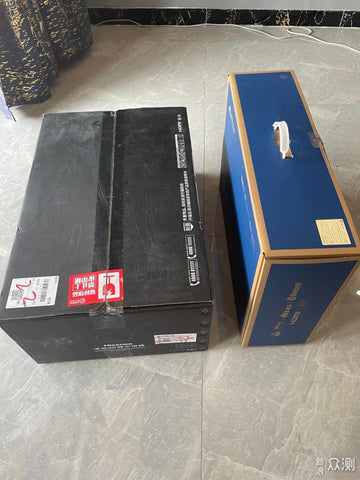

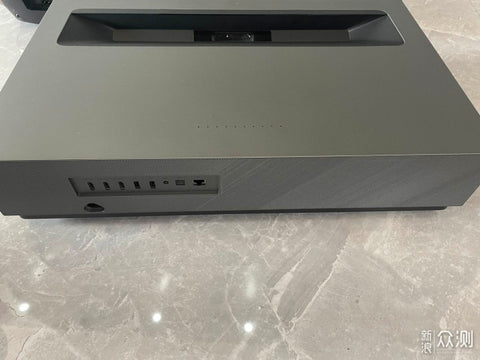
Let's talk about the environment first. This is what I took at 4 o'clock in the afternoon. The environment is as shown in the picture. The two machines are placed side by side on the desktop, with Fengmi T1 on the left and Hisense 88L9F on the right. Because this tabletop is not long enough, we can only cast 80 inches for comparison. Here we only look at brightness.
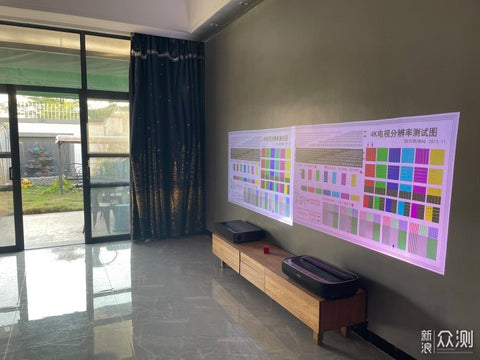
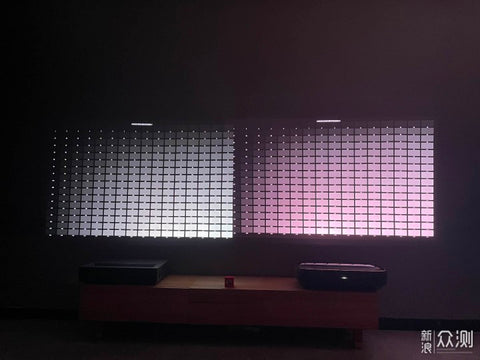

Anyway, the default color rendering of Hisense is reddish. Although color adjustment is also provided, the default parameters must be used for fair comparison. The color space of the two machines is basically the same. The BT.2020 ultra-wide color gamut, 1.07 billion colors, is Hisense's tendency problem, and the gorgeous mode will be more red. Saturation is also too high. Fengmi's color adjustment is more accurate.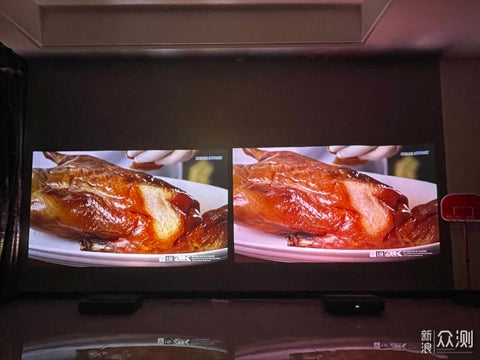
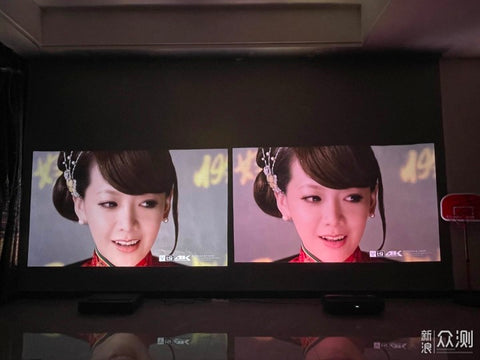
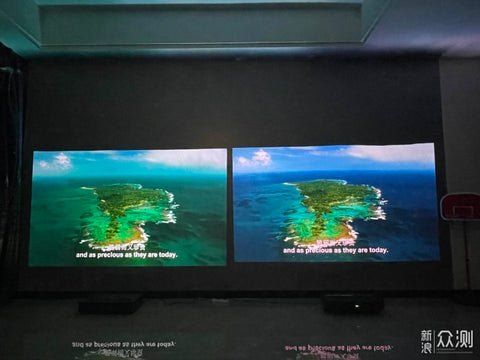
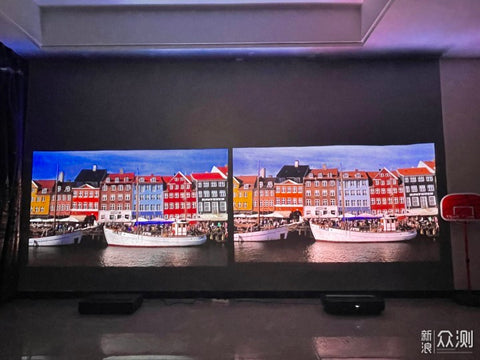

Although they are all written to support HDR, there are actually a lot of standards. I use the players that come with the two machines to broadcast, so although the color gamut of the two machines is similar in terms of parameters, the contrast ratio is also 3000:1 and 1000 :1 In terms of contrast, the difference is not very big.
However, the actual picture gap is large, which is comprehensive, thanks to the high brightness and contrast on the hardware.
LPSE speckle suppression technology, as well as the adjustment of Dolby Vision, HDR format standard Dolby Vision, HDR10+, and HDR10 decoding by the player on the software have caused the gap in the final picture.
MEMC motion compensation
The motion compensation of MEMC is also a recent TV or projection. It is basically a standard item, and the new ones are basically available.
sound effect comparison
The speakers of Hisense 88 are 2.5-inch full-frequency speakers, 25-core large voice coil, support DTS Virtual: X surround sound field, audio decoding Dolby MS12-Y, and panoramic virtual surround sound field. Accurately grasp the sound position.
The Fengmi T1 speaker is designed and customized in conjunction with the world's top audio brand Bowers & Wilkins.
Two 15W super loudspeakers and a series of low, medium and high frequency effects designed by Baohua Weijian, and support Dolby Atmos, through the realistic flowing sound that lingers around, bringing the sound immersive and powerful Sound quality and immersive soundstage. The overall sense of hierarchy is very good, and the bass effect is also very shocking.
For sound quality I think both machines are pretty good. But Dolby Atmos and DTS Virtual X are no strangers to friends who often listen to audio, or go to the cinema to watch movies. The advantages and disadvantages also have different personal feelings and debate. Just like Coca-Cola and Pepsi, Intel and AMD are arguing, but Dolby Atmos should have a relatively high share in movie theaters.

